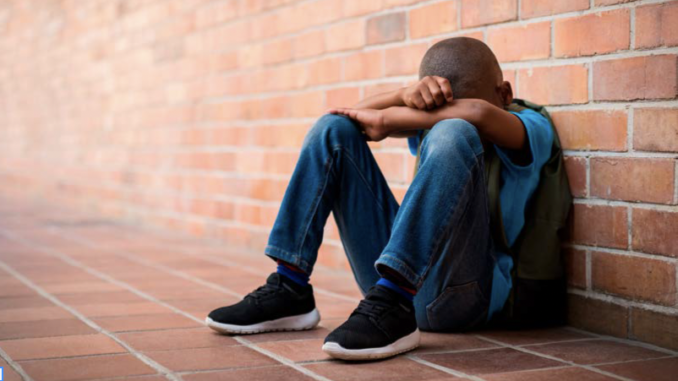
The suicide rate of Black youth is rising faster than any other demographic.[1] Black children under 13 are more likely to die by suicide than white children.
What’s happening to our kids?
The Same Problems As 100 Years Ago
Unsurprisingly, researchers have found that racial discrimination (not to mention the social stress of being LGBTQ+) damages children’s mental health. And the symptoms of racism—police violence, unemployment and high incarceration rates—all contribute.
Other, less acknowledged issues plague Black children’s mental health. Black kids are more likely to face trauma, which—if not addressed—can lead to PTSD and mental illness. If they develop behavioral challenges, they’re more likely to be disciplined than connected to help.[2] And many Black families are uninsured or underinsured and have little access to quality mental health care.
But these problems aren’t new. So, why is the suicide rate rising?
New Complications to Old Issues
A lack of research leaves us speculating. However, there are several changes that may be at fault.
The rise of social media and technology, for one. “In this tech era we live in, there’s a lot of intimidation, bullying and social isolation amongst teens. They communicate with their devices rather than having in-person conversations,” said Dr. John Johnson, newly appointed Chief Medical Officer of Cardinal Innovations Healthcare.
“We’re also recognizing the burden of change,” said Dr. Dawn O’Malley, Cardinal Innovations peer advisor and psychologist. Black teens can no longer escape trauma even at former “safe spaces” like home, church or community gatherings. Instead, CNN and Instagram stories play bodycam footage on a loop. Community trauma persists.
Teens also have greater access to firearms. As gun laws have loosened, gun ownership has skyrocketed. Four in five people who use a gun to attempt suicide will complete it. Attempts have become fatalities.
What Can Be Done?
All adults who interact with Black children and teens have an impact. Yes—there are systematic issues that must be addressed. However, as we fight for more research and better legislation, community members, faith leaders and parents have the power to lower these numbers.
Start talking about mental health, especially after stressful events. Whether these events are racial in nature — big or small — normalize talking about your feelings.
Encourage teens and children to get involved within the community. “Boys’ and Girls’ Club, the Y—a more integrated person feels more connected to society,” said Cardinal Innovations’ lead clinical psychologist Dr. Patricia Babin.
Dr. Johnson also advised adults to listen: “Instead of telling teens what they need, ask them.” By getting the teens’ perspective, you can better connect with them and build rapport.
An even simpler change: All gun owners should store their firearms unloaded and locked up.
Parents and community leaders may also consider training to prevent suicide. Courses like Mental Health First Aid and the QPR (Question, Persuade, Refer) training can equip adults with the skills to recognize suicidal behaviors.
Finally, it’s critical to infuse teens with hope that things will get better. Suicide is the ultimate expression of hopelessness. Parents and adults can help by getting teens to see what they do have control over. You can build up their self-confidence so they know they can handle anything that comes their way.
“You can’t give anybody hope,” Dr. Babin said. “But you can guide them.”
[1] Ring the Alarm: The Crisis of Black Youth Suicide in America (2019)
[2] “Why Are the Black Kids Being Suspended?” An Examination of a School District’s Efforts to Reform a Faulty Suspension Policy Through Community Conversations (2017)
